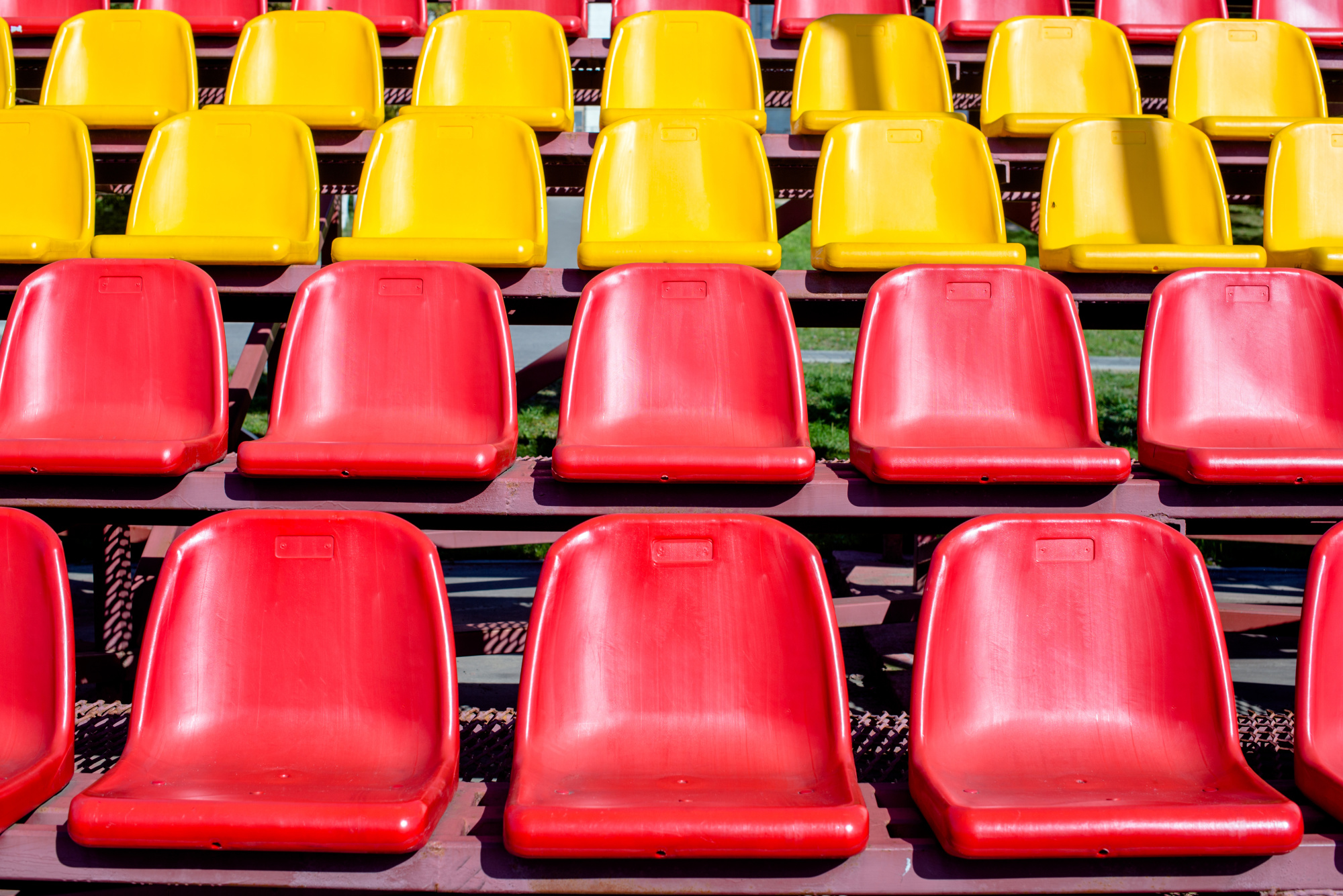The Role of the Architect in Sports Facilities

Sports architecture presents many unique challenges.
While traditional architecture deals with building straight-forward locations like homes and businesses, sports facilities are larger and more complex.
Planning to build a major structure like a sports facility means working for corporations or municipalities rather than a single client. The scope, costs, and length of the project will be greater, and the risks will also be higher. An architect is not only hired to ensure the facility looks good, but to ensure that it is safe and fully functional.
The Challenges Presented by Sports Facilities
Civic and commercial architecture projects each have unique needs. A building meant to hold thousands of fans will be more complex than something like a retail store designed for a few hundred people.
Sports facilities are not only massive, but they require different materials and strategies in different areas. Some parts of the facility must be strong enough to hold heavy equipment and work vehicles, while others must be set up for professional sports.
The role of an architect is to gauge the challenges of a project and guide things along on schedule. A professional in sports architecture will know how to plan this complex project.
Design and Construction
Sports facility design is fairly specific. These structures must look great and host important athletic events that will attract, entertain, and cater to the needs of tens of thousands of visitors. A modern and eye-catching exterior design is important, and architects can suggest ways of making a building look the part.
Everything from the location of the facility to the types of materials used can impact the construction process. As the space and seating areas increase, the amount of support needed to guarantee structural integrity increases as well.
Certain materials are better for the environment, and these can help sports facilities cut costs. For corporations or municipalities focusing on green initiatives in their building projects, this is a great option to consider.
How Commercial Architecture Promotes Safety
The materials used in a facility can affect how safe it is, both for the people inside and for the surrounding area.
Sports facilities may need areas covered with artificial turf, offices, catering areas, shower facilities, and many other unique types of amenities all built under the same roof.
Architects can make sure everything adheres to the laws and codes in the area. For example, these laws and codes can affect such aspects of the design as how many emergency exits a sports stadium needs and reinforcing key support points in the structure.
Architects Hold the Project Together
The role of an architect is very important in the creation of a sports facility. Not only do architects provide expert analysis on the design of a building and all the amenities it needs, but they also help with ensuring the project is handled safely and smoothly.
From conceptual design to statements of cost to seals for legal compliance, architects can handle any need associated with the design of a sports stadium.
To learn more about trends and news in residential and commercial architecture, sign up to receive Design Matters – a monthly newsletter from Bill Whittaker, Registered Architect.
